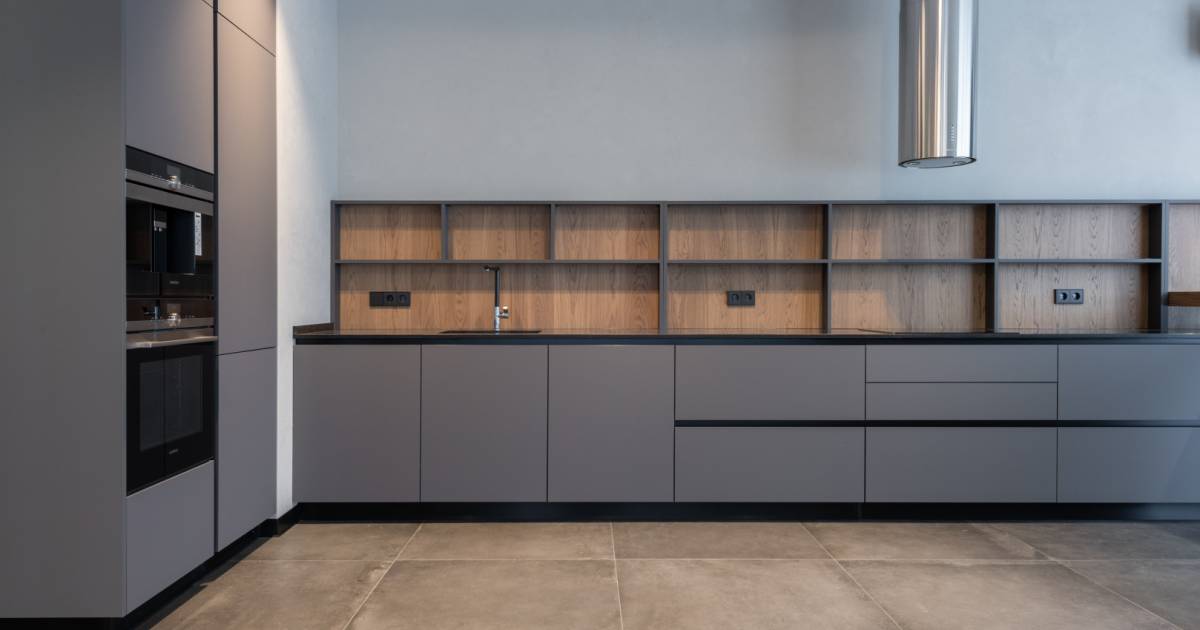Kitchen Floor Tile, How To Choose The Right Type Of Floor Tiles And What Are They Used For?
So, what should be considered while choosing kitchen floor tiles? The first and foremost thing to consider is the purpose of kitchen tiles. Are you looking for tiles for kitchen floor or walls? Kitchen floor tiles need to be durable and slip-resistant as they are constantly exposed to moisture and dirt. On the other hand, kitchen walls can be tile with any kind of material.
The second thing to consider is the budget. Kitchen floor tiles come in different price ranges. You need to choose the one that suits your budget. However, it is important to remember that cheaper is not always better. Cheap kitchen floor tiles may not last long and you might have to replace them sooner than expected. So, it is important to choose wisely.
Thirdly, you need to consider the color and design of the kitchen tiles. kitchen floor tiles come in a variety of colors and designs. You can choose the one that matches your kitchen décor or personality. However, it is important to keep in mind that darker colors may show dirt and dust more than lighter colors. So, if you are not a fan of cleaning, then go for light colored kitchen floor tiles.
Lastly, you need to consider the texture and pattern of the kitchen floor tiles. Kitchen floor tiles come in different textures and patterns. Some people prefer plain tiles while others prefer textured or patterned tiles. It all depends on your personal preference.
Ceramic Tiles
These are made from clay or stone which has been fired at high temperatures. They come in different colors and patterns.
Ceramic tiles are very durable and resistant to heat, moisture, stains, scratches, and wear & tear. They are also eco-friendly as they do not contain any harmful chemicals. Ceramic tiles are easy to clean and maintain.
- Pros: Durable, easy to clean, eco-friendly, comes in different colors and patterns.
- Cons: Can be slippery when wet, require regular sealing.
Porcelain Tiles
These are also known as glazed ceramic tiles. They have a glossy finish and are very durable. Porcelain tiles are available in different colors and designs.
Porcelain tiles are resistant to heat, moisture, scratches, and stains. They are also easy to clean and maintain. Porcelain tiles are a bit more expensive than ceramic tiles.
- Pros: Durable, easy to clean, comes in different colors and designs.
- Cons: A bit expensive, can be slippery when wet.
Granite Tiles
Granite tiles are made up of natural stone. They are extremely hardwearing and stain resistant. They are also used for countertops and floors.
Granite tiles are available in different colors and patterns. They are a bit expensive but they last long.
- Pros: Extremely hardwearing, stain resistant, comes in different colors and patterns.
- Cons: A bit expensive, require regular sealing.
Soapstone Tiles
Soapstone tiles are made from natural stone. They have a smooth texture and are heat resistant. Soapstone tiles are also used for countertops and floors.
Soapstone tiles come in different colors and patterns. They are a bit expensive but they last long.
- Pros: Heat resistant, smooth texture, comes in different colors and patterns.
- Cons: A bit expensive, require regular sealing.
Natural Stone Tiles
These are natural stones like marble, granite etc. They are usually used in bathrooms and kitchens.
Natural stone tiles are extremely hardwearing and stain resistant. They are available in different colors and patterns. However, they are a bit expensive.
- Pros: Extremely hardwearing, stain resistant, comes in different colors and patterns.
- Cons: A bit expensive, require regular sealing.
Engineered Stone Tiles
Engineered stone tiles are made by mixing different materials such as quartz, granite, marble, limestone, etc. These engineered stones are usually cheaper than natural stones. However, these tiles do not last longer than natural stones.
Engineered stone tiles are available in different colors and patterns. They are easy to clean and maintain.
- Pros: Cheaper than natural stones, easy to clean, comes in different colors and patterns.
- Cons: Do not last long, require regular sealing.
How to Install Tiles
If you are looking forward to installing tiles in your kitchen, then there are some things that need to be kept in mind before doing so. You must first decide whether you will install ceramic or porcelain tiles. Ceramic tiles are very durable and resistant to heat and moisture. Porcelain tiles are also quite durable but they are prone to chipping.
Once you have decided on the type of tile, you need to measure the area where you will be installing the tiles. This will give you an estimate of how many tiles you will need.
The next step is to prepare the surface where you will be installing the tiles. The surface must be level and free of any dirt or debris.
Once the surface is prepared, you can now start installing the tiles. Begin by spreading a layer of tile adhesive on the surface. Then, place the tiles in the adhesive one by one. Make sure that the tiles are placed evenly and there are no gaps between them.
Once all the tiles are in place, allow the adhesive to dry for 24 hours. After that, you can grout the tiles. Apply the grout evenly between the tiles and allow it to dry for 24 hours.
Your kitchen is now ready with beautiful new tiles!
Categories: Kitchens, Construction, Interior Design, Home Improvement | Authored by: RE DESIGN | Posted: 11/02/2022
